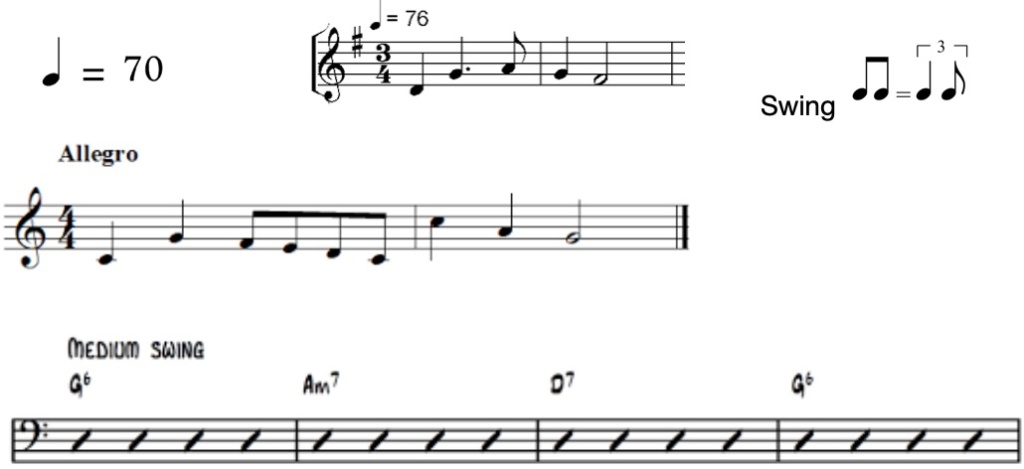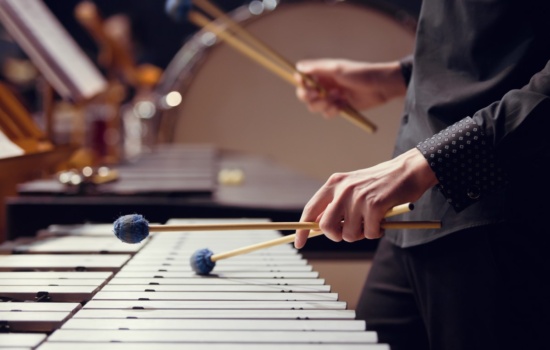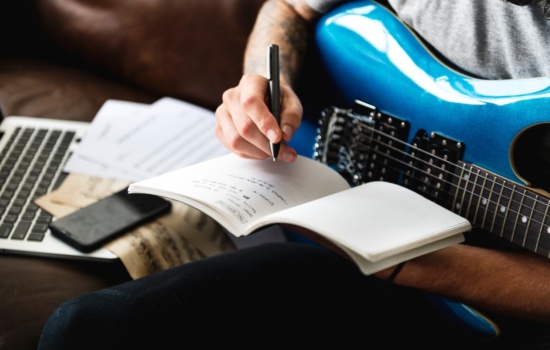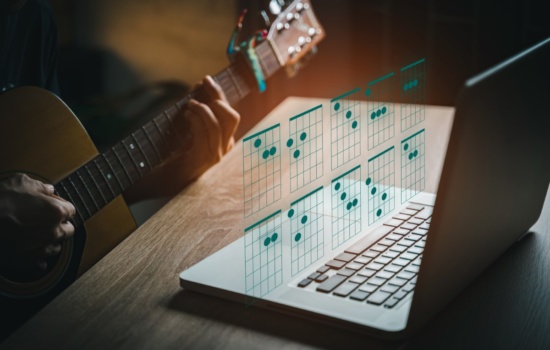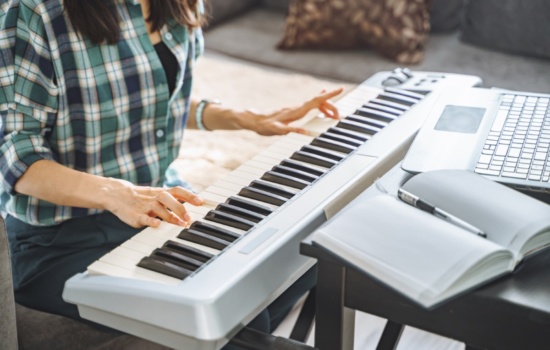On the one hand, learning to read sheet music can be hard, especially for musicians who have already learned by ear.
But on the other, if you take it one thing at a time, practicing as you learn, you can get a hang of it.
Learning to read music is like learning a language.
Grammy-winning multi-instrumentalist, songwriter, and producer Jacob Collier explains why knowing the language of music is so important.
“Essentially, what harmony is, is it’s like a language,” he says. “And so as with any language, the more words you’re capable of speaking in a language, the more you can say.”










